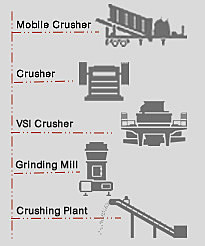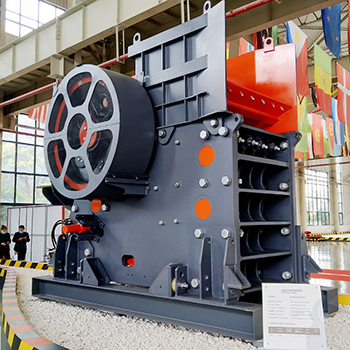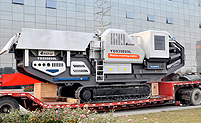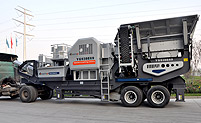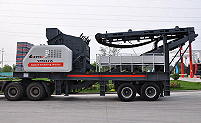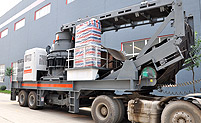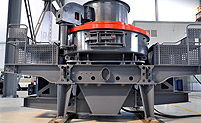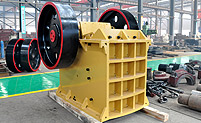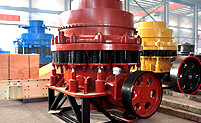Coal mining equipment
Coal is a readily combustible black or brownish-black sedimentary rock normally occurring in rock strata in layers or veins called coal beds or coal seams. The harder forms, such as anthracite coal, can be regarded as metamorphic rock because of later exposure to elevated temperature and pressure. Coal is composed primarily of carbon along with variable quantities of other elements, chiefly sulfur, hydrogen, oxygen and nitrogen.
Coal begins as layers of plant matter accumulate at the bottom of a body of water. For the process to continue the plant matter must be protected from biodegradation and oxidization, usually by mud or acidic water. The wide shallow seas of the Carboniferous period provided such conditions. This trapped atmospheric carbon in the ground in immense peat bogs that eventually were covered over and deeply buried by sediments under which they metamorphosed into coal. Over time, the chemical and physical properties of the plant remains (believed to mainly have been fern-like species antedating more modern plant and tree species) were changed by geological action to create a solid material.
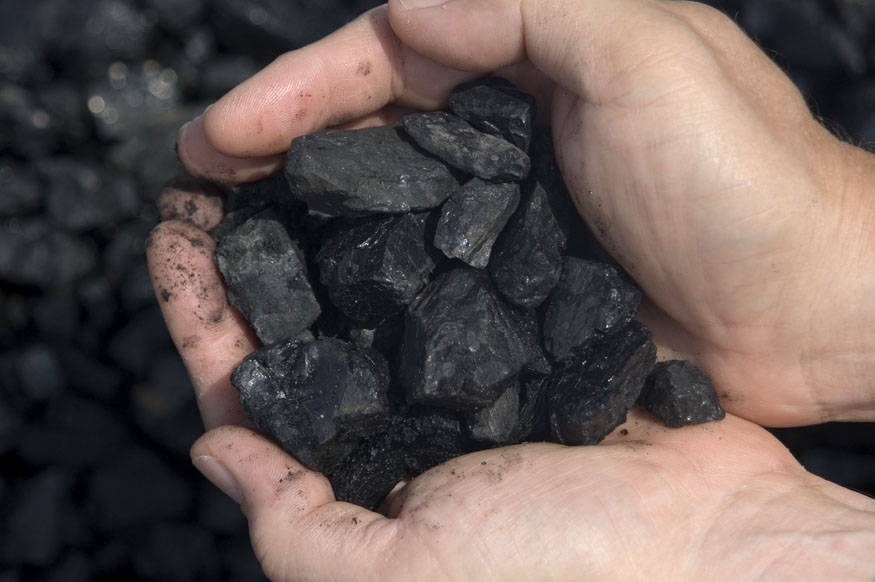
Coal, a fossil fuel, is the largest source of energy for the generation of electricity worldwide, as well as one of the largest worldwide anthropogenic sources of carbon dioxide emissions. Gross carbon dioxide emissions from coal usage are slightly more than those from petroleum and about double the amount from natural gas. Coal is extracted from the ground by mining, either underground by shaft mining through the seams or in open pits.
Early uses as fuel
Outcrop coal was used in Britain during the Bronze Age (3000–2000 BC), where it has been detected as forming part of the composition of funeral pyres. In Roman Britain, with the exception of two modern fields, "the Romans were exploiting coals in all the major coalfields in England and Wales by the end of the second century AD". Evidence of trade in coal (dated to about AD 200) has been found at the inland port of Heronbridge, near Chester, and in the Fenlands of East Anglia, where coal from the Midlands was transported via the Car Dyke for use in drying grain. Coal cinders have been found in the hearths of villas and military forts, particularly in Northumberland, dated to around AD 400. In the west of England contemporary writers described the wonder of a permanent brazier of coal on the altar of Minerva at Aquae Sulis (modern day Bath) although in fact easily accessible surface coal from what became the Somerset coalfield was in common use in quite lowly dwellings locally. Evidence of coal's use for iron-working in the city during the Roman period has been found. In Eschweiler, Rhineland, deposits of bituminous coal were used by the Romans for the smelting of iron ore.
There is no evidence that the product was of great importance in Britain before the High Middle Ages, after about AD 1000. Mineral coal came to be referred to as "seacoal," probably because it came to many places in eastern England, including London, by sea, but the origin of the term seems to predate this, being used for coal having fallen from the exposed coal seams on cliffs above the shore or washed out of underwater coal seam outcrops. (See Industrial processes below for modern uses of the term.) These easily accessible sources had largely become exhausted (or could not meet the growing demand) by the 13th century, when underground mining from shafts or adits was developed. In 1257-59 coal from Newcastle was shipped to London for the smiths and lime-burners building Westminster Abbey. In London there is still a Seacoal Lane and a Newcastle Lane (from the coal-shipping city of Newcastle) where in the seventeenth century coal was unloaded at wharves along the River Fleet. An alternative name was "pitcoal," because it came from mines. It was, however, the development of the Industrial Revolution that led to the large-scale use of coal, as the steam engine took over from the water wheel. In 1700, 5/6 of the world's coal was mined in Britain. Without coal, Britain would have run out of suitable sites for watermills by the 1830s. In 1947 there were some 750,000 miners, but by 2004 this had shrunk to some 5,000 miners working in around 20 collieries.
In ancient China, coal was used as fuel by the 4th century AD, but there was little extensive use until the 11th century.
PrevPage: Ballast crusher
Next Page: Limonite crusher

